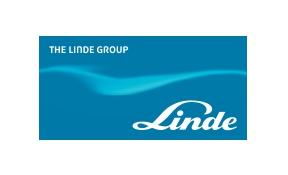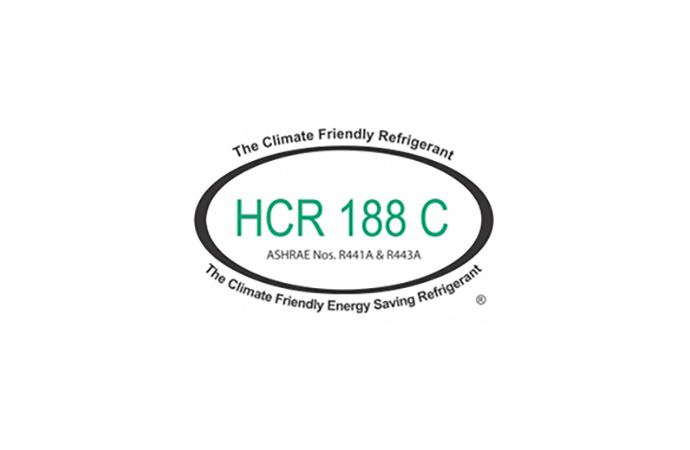The US EPA will initiate notice and comment rulemaking in response to a petition asking the agency to remove HFC134a from the list of acceptable refrigerants used for cooling new passenger cars and light duty vehicles. Currently acceptable alternatives include CO2, HFC152a and HFC1234yf. Could it soon also be hydrocarbons?

In response to a petition from three environmental NGOs (Natural Resources Defense Council, the Institute of Governance & Sustainable Development and the Environmental Investigation Agency-US), the US Environmental Protection Agency (EPA) has initialised the process of removing HFC134a from the list of acceptable refrigerants used for new motor vehicle air conditioning (MVAC) under its Significant New Alternatives Program (SNAP).
It is therefore expected that there will be consultations with carmakers and other stakeholders before a proposal is issued, seeking comments on many factors including the timeframe for the introduction of newer alternatives into the automotive market, as well as the potential lead time for automobile manufacturers to accommodate alternatives.
The options left when R134a is out
“In 1995, EPA determined HFC-134a to be an acceptable substitute for CFC-12 in motor vehicle air conditioning (MVAC) systems because it has an ozone- depleting potential (ODP) of zero and a global warming potential (GWP) of 1300, as compared to CFC-12’s ODP of 1 and GWP of 10,890. Since then, more attractive alternatives for MVAC systems have become available. Currently, there are other substitutes for CFC-12 that have been approved […] with significantly lower ODPs and GWPs than CFC-12 and HFC-134a – carbon dioxide (CO2), HFC-152a, and HFO-1234yf”, reads the petition.
In Europe, where the elimination of HFC134a has already started since the beginning of the year, most carmakers have signaled their intention to opt for HFC1234yf, but no cars with the substance have made it yet on the market. A survey among 35 automobile manufacturers by Green group Deutsche Umwelthilfe (DUH) has shown that no single carmaker is going to market a vehicle using HFC1234yf in the mobile air conditioning system in 2011.
Could hydrocarbons get back on the table?
Over 10 million car air conditioners worldwide have been converted from fluorocarbon to hydrocarbon refrigerant, about half of these in North America. Almost all of them have been drop-in conversions usually costing less than €50. Panama, Indonesia, Australia, Korea, Philippines and China also have many systems with drop-in hydrocarbon MVAC charges.
Since an early 2010 meeting of the United Nations Environment Programme and the Chinese automotive industry on refrigerant options, the interest in the use of hydrocarbons in car air-conditioners has increased.
In the US, however, as things stand today, flammable hydrocarbon refrigerants are not allowed for use in MVAC, with the assessment results of different hydrocarbon blends dating since the mid-nineties.
“We currently have inadequate information on hydrocarbons to consider adding them to the list of substitutes for MVAC. We will review additional substitutes if they are submitted with complete and adequate data to allow an evaluation of whether such substitutes may be used safely […]”, states the EPA in the final rule for HFC1234yf as an automotive refrigerant released last month.
But as the US is opening up to the use of flammable refrigerants also in mobile applications (e.g. HFC1234yf), hydrocarbons have a better chance to get back into the MVAC refrigerant game, provided, however, that the industry initialises the SNAP process.
It is therefore expected that there will be consultations with carmakers and other stakeholders before a proposal is issued, seeking comments on many factors including the timeframe for the introduction of newer alternatives into the automotive market, as well as the potential lead time for automobile manufacturers to accommodate alternatives.
The options left when R134a is out
“In 1995, EPA determined HFC-134a to be an acceptable substitute for CFC-12 in motor vehicle air conditioning (MVAC) systems because it has an ozone- depleting potential (ODP) of zero and a global warming potential (GWP) of 1300, as compared to CFC-12’s ODP of 1 and GWP of 10,890. Since then, more attractive alternatives for MVAC systems have become available. Currently, there are other substitutes for CFC-12 that have been approved […] with significantly lower ODPs and GWPs than CFC-12 and HFC-134a – carbon dioxide (CO2), HFC-152a, and HFO-1234yf”, reads the petition.
In Europe, where the elimination of HFC134a has already started since the beginning of the year, most carmakers have signaled their intention to opt for HFC1234yf, but no cars with the substance have made it yet on the market. A survey among 35 automobile manufacturers by Green group Deutsche Umwelthilfe (DUH) has shown that no single carmaker is going to market a vehicle using HFC1234yf in the mobile air conditioning system in 2011.
Could hydrocarbons get back on the table?
Over 10 million car air conditioners worldwide have been converted from fluorocarbon to hydrocarbon refrigerant, about half of these in North America. Almost all of them have been drop-in conversions usually costing less than €50. Panama, Indonesia, Australia, Korea, Philippines and China also have many systems with drop-in hydrocarbon MVAC charges.
Since an early 2010 meeting of the United Nations Environment Programme and the Chinese automotive industry on refrigerant options, the interest in the use of hydrocarbons in car air-conditioners has increased.
In the US, however, as things stand today, flammable hydrocarbon refrigerants are not allowed for use in MVAC, with the assessment results of different hydrocarbon blends dating since the mid-nineties.
“We currently have inadequate information on hydrocarbons to consider adding them to the list of substitutes for MVAC. We will review additional substitutes if they are submitted with complete and adequate data to allow an evaluation of whether such substitutes may be used safely […]”, states the EPA in the final rule for HFC1234yf as an automotive refrigerant released last month.
But as the US is opening up to the use of flammable refrigerants also in mobile applications (e.g. HFC1234yf), hydrocarbons have a better chance to get back into the MVAC refrigerant game, provided, however, that the industry initialises the SNAP process.
MORE INFORMATION
Related stories











